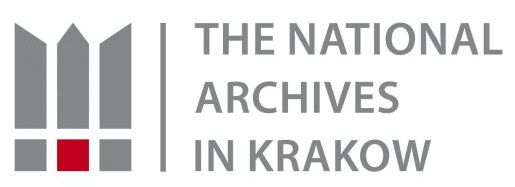CITIZENS, ASSOCIATES AND OUTSIDERS
Residents of the Royal Free Town of Podgórze 1784-1915
The universal of Emperor Joseph II in February 1784 and the privileges from June 1785 defined Podgórze as a royal free town “where outsiders settling there will not only be willingly accepted, but also given protection, help, freedom and rights”. Merchants and craftsmen, who wanted to reside in Podgórze “should have the right to carry out their profession, craft and lead a life without any obstacles”. The Emperor promised numerous benefits, including free land, help in building walled homes as well as financial assistance to the level of 50 złr. The newly-built homes were relieved of any state tax charges for 30 years and from municipal charges for 10 years.
All citizens of the town and members of their families were relieved of military service. Residents of the town had active voting rights to elect the local leaders, “when they accept town rights”. Podgórze, despite its location at the edge of the Austrian empire, was at a crossroads of important trade routes and was recognised by active residents of the Austrian Empire as a good place to live. This is confirmed by the fast increase in the number of residents – even in 1784 it was written that “Podgórze has become full of enough citizens and craftsmen”. In 1795, there were around 1000 people in Podgórze, in the 1820s, the number was estimated at approximately 2000. Already in the 1770s, merchants, including ones from Kraków, traded in Podgórze. In later periods, arrivals from Galicia, as well as from Czech or Moravia willingly settled in Podgórze, a modern town, which provided the perspective of entrepreneurial development. Austrian soldiers and clerks also lived here and quickly assimilated – examples being the Zoll or Stuhr families.
Until the 1840s, people in Galician towns were divided into citizens (with town rights, mainly owners of property or qualified craftsmen) and residents (without citizenship, but residing permanently in the town, e.g. representatives of free professions, clerks, teachers, hired workers). From the middle of the 19th century, the Borough Laws introduced a division into members of the borough (citizens, in other words, participants and associates) and outsiders. In Galicia, the Austrian law of association with a particular place applied (“registration for a permanent stay”). We know the precise number of inhabitants of Podgórze from the middle of the 19th century, when the authorities began to conduct a census every 10 years: 1857 – 2739 people; 1870 – 4254; 1880 – 6672; 1890 – 12530; 1900 – 18155; 1910 – 22322.
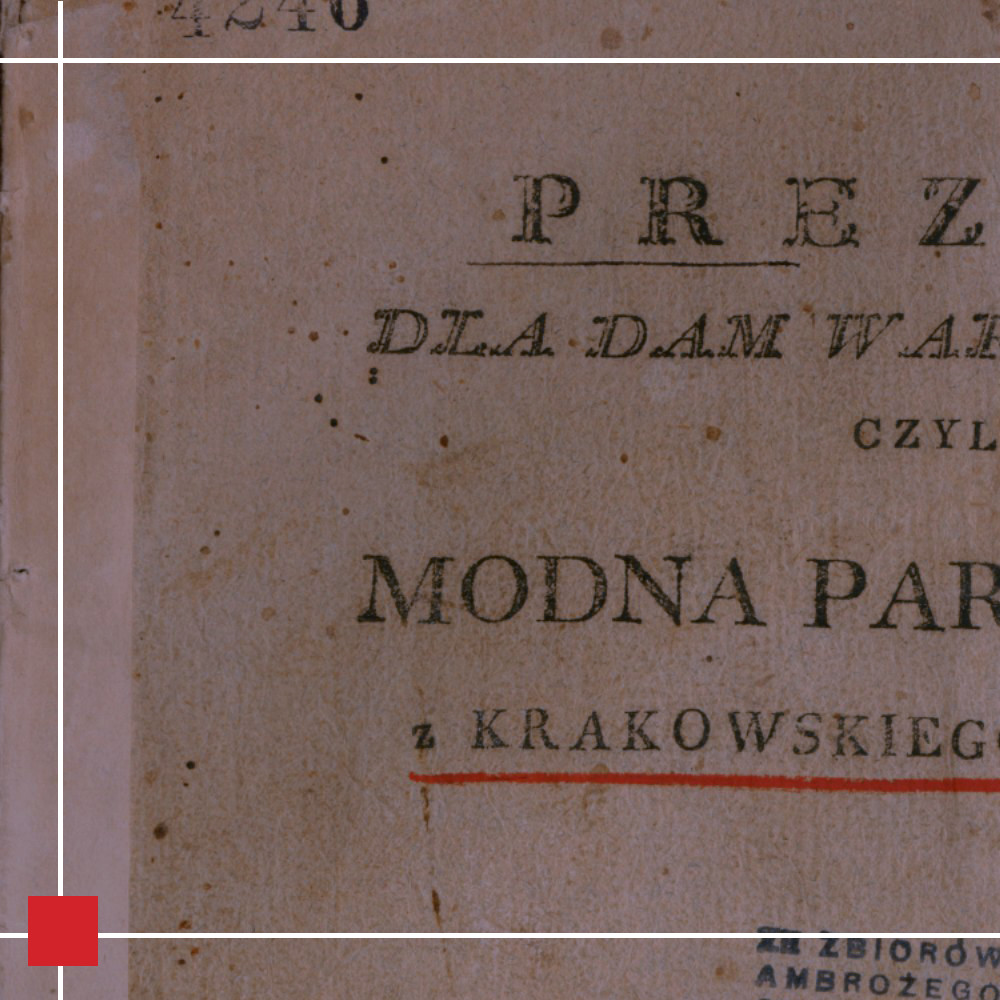
Print from 1783. Prezent dla dam warszawskich czyli modna parafianka z Krakowskiego Podgórza (Present for ladies in Warsaw, in other words, a fashionable parishioner from Podgórze)
(ANK, ref. no. Biblioteka 4246)
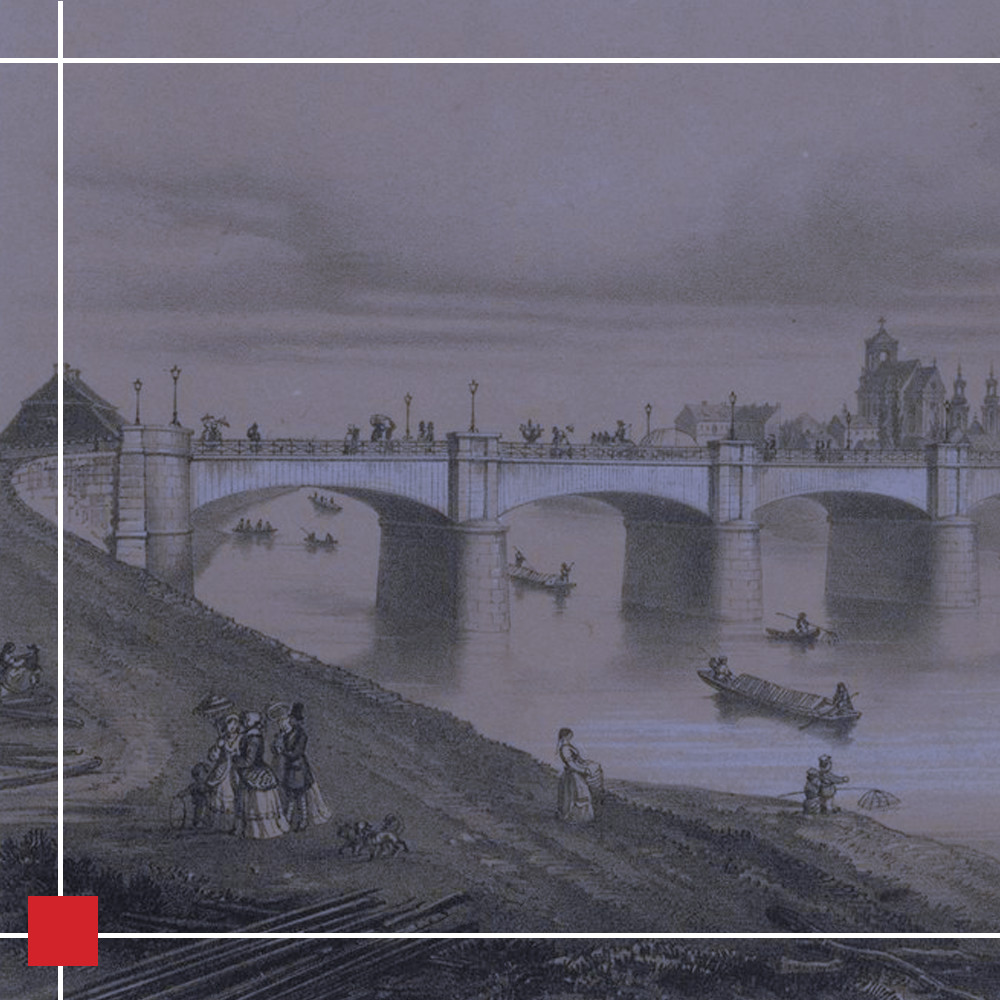
Inhabitants of Podgórze walking on the banks of the Vistula – a fragment of Franciszek Sandmann's lithography from 1850 presenting the Franz Joseph Bridge over the Vistula, connecting Kraków and Podgórze
(ANK, ref. no. B-IV-10)
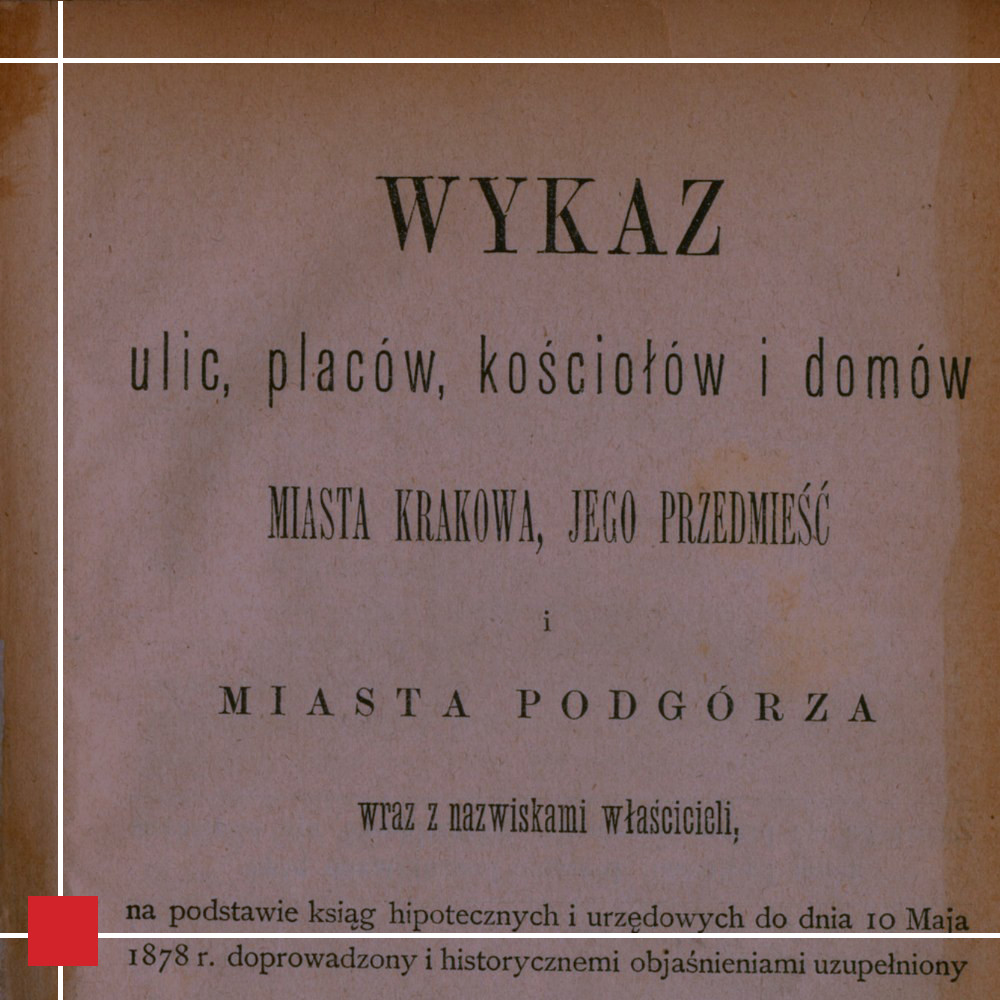
Fragments of the list of home owners in Podgórze (alphabetical order according to the surname, street name and house number) placed in an issued print from 1878 by Aleksander Nowolecki Wykaz ulic, placów, kościołów i domów miasta Krakowa, jego przedmieść i miasta Podgórza wraz z nazwiskami właścicieli (A list of streets, squares, churches and homes of the town of Kraków, its suburbs and the town of Podgórze, together with the names of owners)
(ANK, ref. no. Biblioteka 360, p. 235, 245)
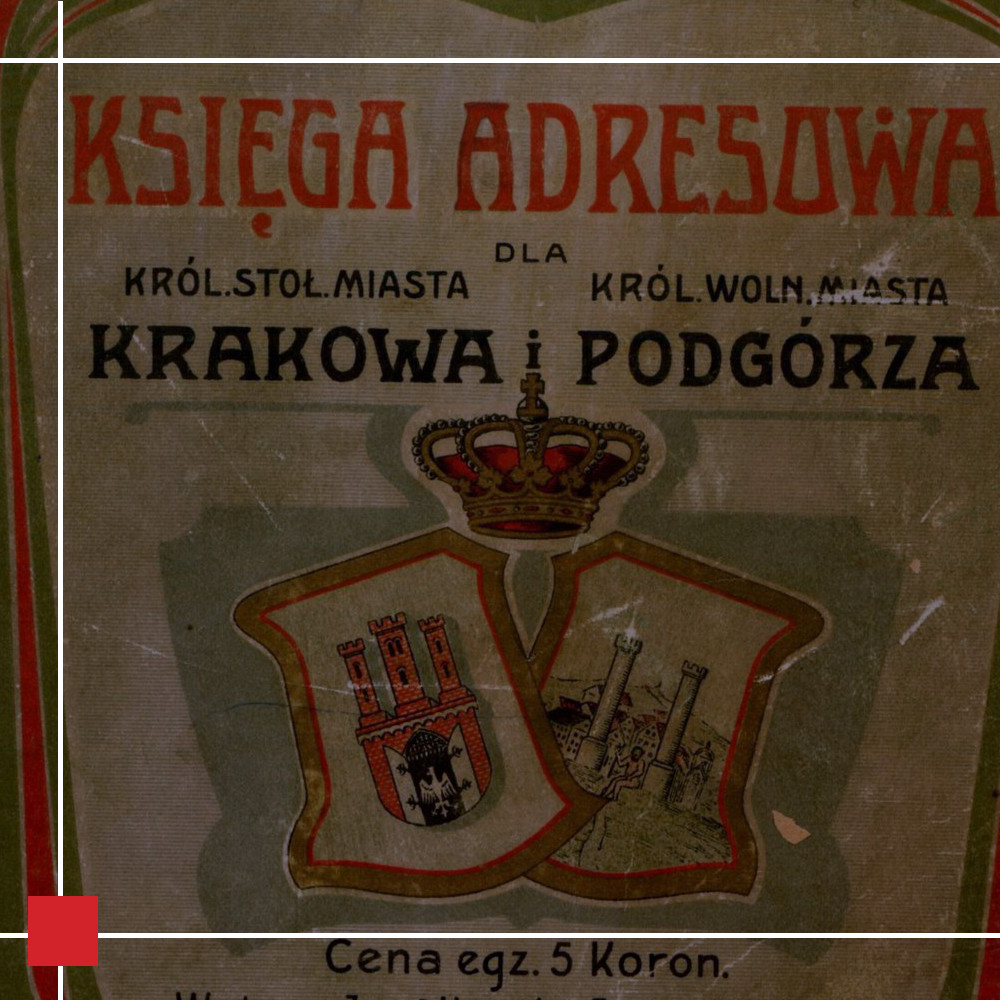
Fragment of the alphabetical list of home owners in Podgórze placed in an issued print from 1904 by Jan Knapik and Stefan Mikulski, Księga adresowa król. stoł. miasta Krakowa i król. woln. miasta Podgórza (A book of addresses of the royal capital town of Kraków and the royal free town of Podgórze)
(ANK, ref. no. Biblioteka 13297, p. 459)
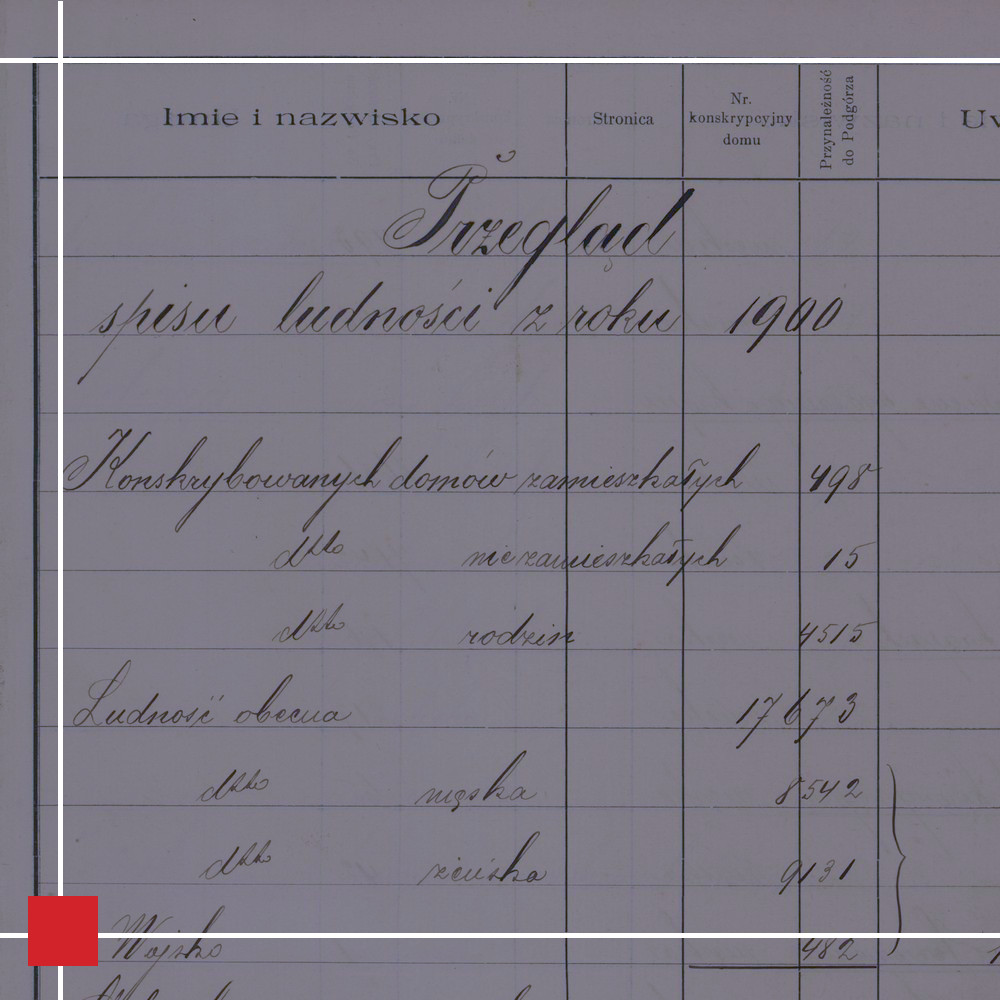
Statistical analysis of the census of Podgórze from 1900. The precise numbers of both present and absent town residents associated with the borough are given. The analysis also concerned faith, the language used by people in Podgórze, as well as education, in other words, the ability to read and write. Interestingly, the number of animals in the town was also counted
(ANK, ref. no. 29/93/5, p. 1–7)
